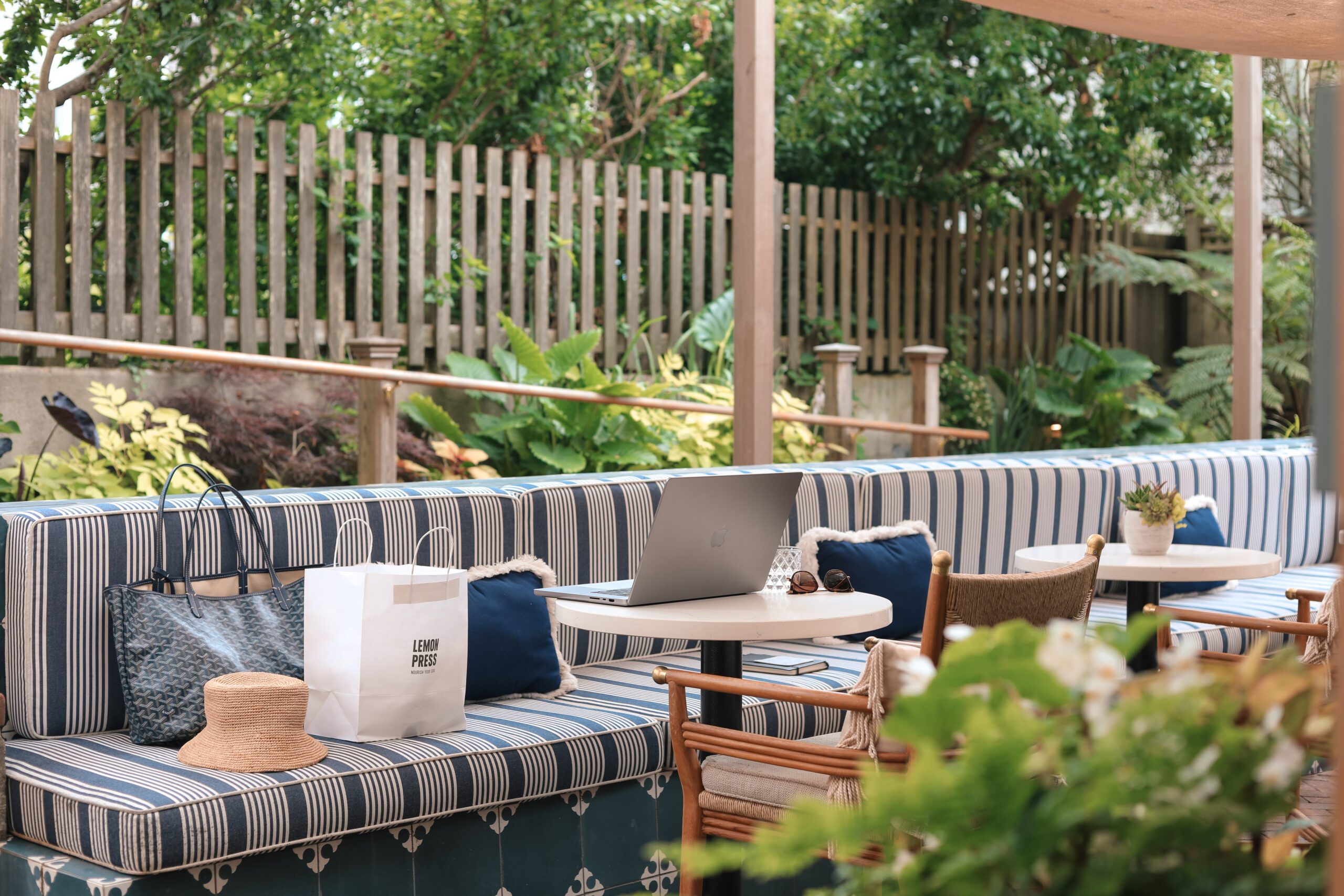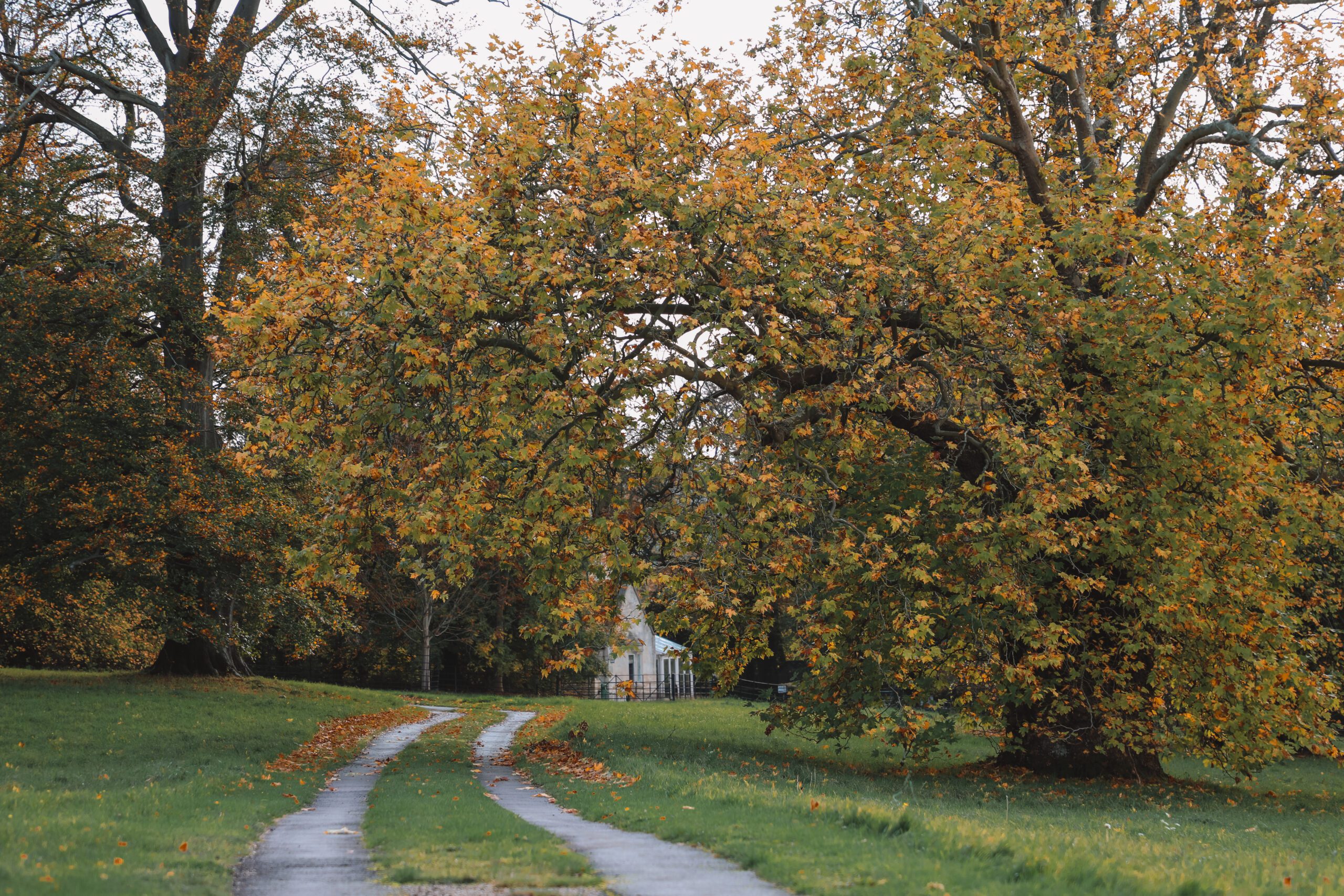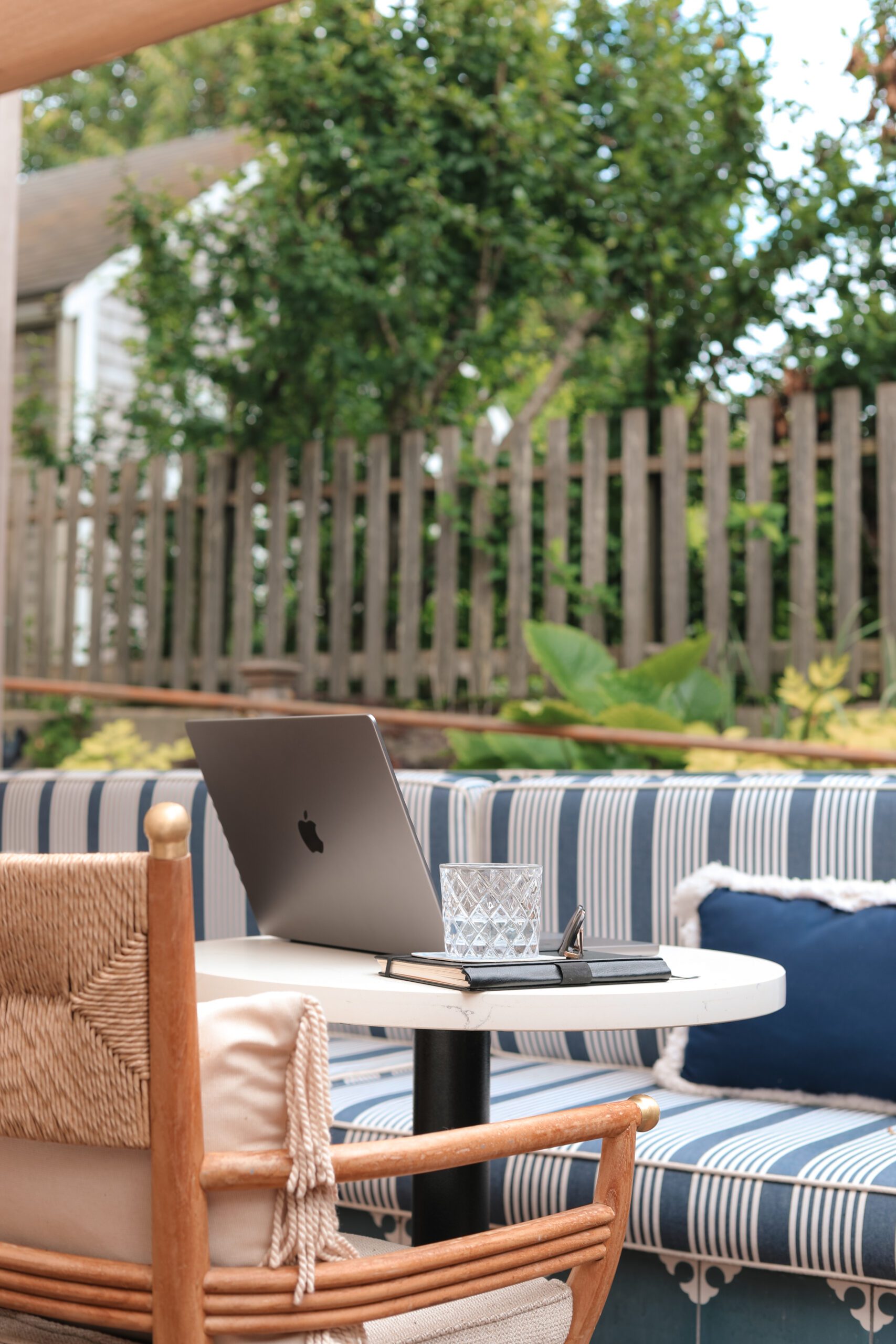Slow Travel

Perfecting the art of slow travel involves taking the time to experience off-the-beaten-path places, embracing slower-paced itineraries, and typically staying in one place for longer periods of time. At its core, slow travel prioritizes quality over quantity and encourages travelers to connect with locals, savor regional cuisines, and engage in meaningful activities to that area. By embracing slow travel, travelers can reduce their impact on the environment, support local communities, and have a more authentic and fulfilling travel experience.
While travelers have been doing this for centuries, it has recently picked up interest again in recent years, particularly during and post-COVID years when people were forced to slow down and appreciate their hometowns. It became less about traveling to far-off places, and more about experiencing a destination — regardless of location — more deeply.
Officially, the “Slow Movement” started in Europe in the 1980s, with the Slow Food Movement, a response to the opening of a McDonald's restaurant in Rome in 1986. Many Italians saw it as a threat to their traditional food culture, which catalyzed a cultural shift emphasizing slowing down the pace of life and prioritizing quality over quantity. The movement sought to promote traditional cuisine, local farming, and sustainable food production. Since then, the movement has grown into different niches, such as slow travel, counteracting a consumer-driven culture with a more intentional and fulfilling way of living.
In a world where we are constantly answering phone calls, texts, emails, and zoom calls, slow travel provides an antidote to the everyday world with so many pressures and obligations we can barely catch our breath. We become wiser, more compassionate, and more connected with the people we meet and places we go.
Slow Travel Takeaways
Slow travel is not just for budget travelers, but can be enjoyed by anyone seeking a more meaningful travel experience. It is not necessarily about spending less money, but about spending it in a way that supports local businesses and helps to preserve the local culture and environment.
Slow travel can also be beneficial for the traveler's mental health, as it provides an opportunity to disconnect from the stresses of everyday life and embrace a more relaxed and mindful approach to travel.
Slow travel allows for deeper cultural understanding and appreciation. By taking the time to learn about the history, customs, and traditions of a place, travelers can gain a greater appreciation and respect for the local culture.
Slow travel encourages travelers to be more environmentally conscious. By reducing the number of flights, limiting car rentals, and choosing to stay in locally-owned accommodations, travelers can minimize their carbon footprint and support sustainable tourism practices.
Slow travel can be enjoyed in any destination, not just in remote or exotic locations. It can be as simple as exploring a local park or museum, trying new foods at a neighborhood restaurant, or taking a leisurely stroll through a nearby town or city.
Finally, slow travel can be a more fulfilling and satisfying way to travel, as it allows for more authentic and meaningful experiences, deeper connections with local people and cultures, and a sense of personal growth and enrichment.
Embrace a Slower Pace



40 Photos to Inspire You to Slow Travel in Paris
A Slow Travel Guide to a Week in the Cotswolds
Shop Remote
Work Essentials
having the right remote work essentials can help you maintain productivity while savoring the world's beauty at your own pace.
Experience the slower side of the City of Light as November adds a chill to the air, inviting you to cozy up in local cafes and bistros.
Not all trips need to be a multi-months long. Discover the slower side of the countryside.
